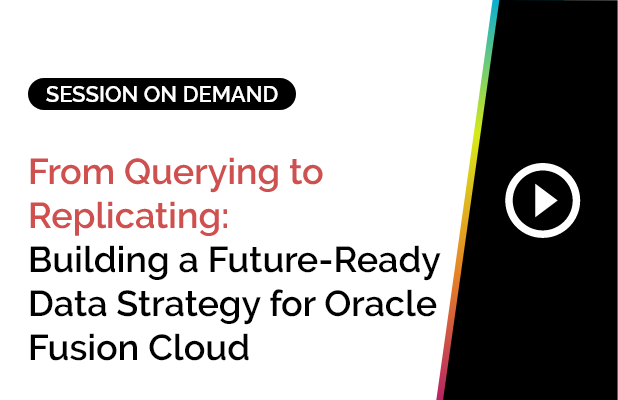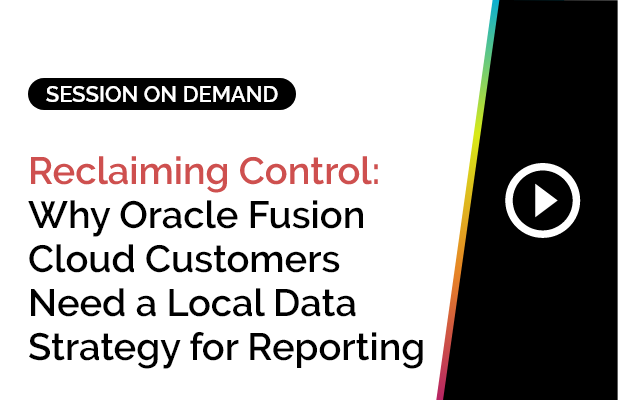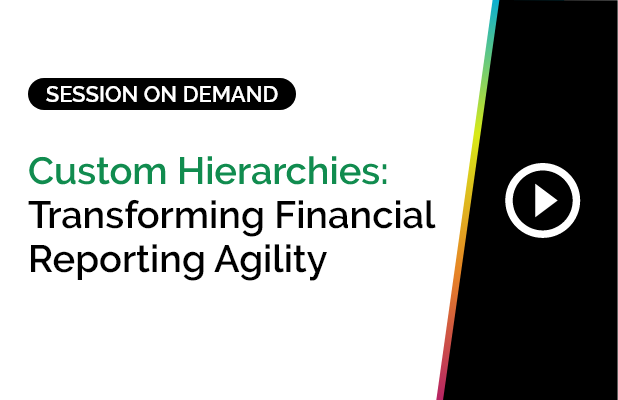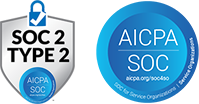Learning programs that look good on paper aren’t always working.
Most HR teams can tell you how many people completed a course last quarter. They can show compliance reports, attendance logs, even quiz scores. But whether that learning actually changed how people perform makes the room go quiet.
Completion rates look great on paper. But they don’t always translate into productivity, engagement, or retention. In many organizations, learning data still exists in a vacuum, siloed from the metrics that matter most to the business.
That’s the gap. And it’s holding L&D teams back from delivering the kind of impact leadership expects.
It’s time to shift the conversation from “what was completed” to “what changed.”
- From tracking participation to proving performance.
- And from checking boxes to driving outcomes.
Because if we’re not measuring the impact of learning, what exactly are we measuring?
Why learning ROI is so elusive
Despite the growing emphasis on data-driven HR, measuring the return on investment (ROI) of learning remains one of the most stubborn challenges facing HR leaders today.
At first glance, the problem doesn’t seem technical – most teams can track completions, enrollments, or certifications in Cornerstone OnDemand (CSOD) or a similar LMS. But dig deeper, and the barriers become clear.
1. Your HR systems don’t speak the same language
Your learning data might live in CSOD – an example. And performance data is in your core HRIS. Engagement data might be housed in a survey platform. And turnover sits elsewhere. Trying to bring all this together to answer a basic question – did the training work? – often means exporting spreadsheets and chasing data across systems.
As Ragu Veeraraghavan, VP of Analytics at SplashBI, put it during a recent webinar: “When you’re trying to do HR analytics, it’s never just one system. You’ve got core HR, learning, recruitment… The second you try to connect them, that’s where the real challenge begins.”
2. Many organizations are still stuck in a compliance-first mindset
Learning is often designed, delivered, and reported to satisfy audit requirements. While compliance is non-negotiable, it’s not the full picture. Focusing only on whether someone completed a module misses whether that module actually helped them improve.
3. There’s no clear bridge between participation and performance
You might know that a team completed training on customer service. But did the NPS scores go up? Were tickets resolved faster? Without connecting those dots, learning remains a well-intentioned effort with limited business credibility.
The result is a reporting culture that values activity over outcomes. And it’s why, even with good intentions and powerful platforms like CSOD, HR teams often struggle to show how learning drives real change. But that’s starting to shift, and the teams that get it right are redefining the role of L&D entirely.We have a solid example of Cornerstone On-Demand (CSOD).
The CSOD example: Connecting learning hours with store performance
One of the most compelling moments from the webinar came when Ragu Veeraraghavan, SplashBI’s VP of Analytics, shared how a CSOD customer uncovered the real business impact of its training programs.
This customer wasn’t just tracking who completed what. They took it a step further, integrating CSOD’s learning data with store-level performance metrics. The goal was to see if training actually translated into measurable results.
And it did.
By analyzing store scores alongside training hours, the organization discovered a clear correlation between learning engagement and business outcomes. The stores where employees completed the most relevant training also delivered stronger performance. These insights allowed the L&D team to stop guessing and start directing budget and effort where it would make a difference.
In that moment, learning stopped being a compliance checkbox and became a lever for growth.
Watch the webinar to learn how CSOD users are measuring what matters and building smarter learning strategies from the ground up.
What real learning ROI looks like
If your dashboard stops at course completion, attendance rates, or certification status, you’re only seeing the tip of the iceberg.
Real learning ROI isn’t about how many people clicked “complete.” It’s about how training changes the way people perform, engage, and deliver results. It’s about connecting learning efforts to outcomes that matter to the business.
Here’s a quick comparison to ground this shift:
Learning ROI: Vanity Metrics vs. Value Metrics
| Learning ROI: Vanity Metrics | Learning ROI: Value Metrics |
|---|---|
| Course completions | Performance lift after training |
| Attendance rates | Time-to-productivity for new hires |
| Certifications earned | Internal mobility rate |
| Training hours per employee | Store/service team performance improvements |
| Survey ratings post-training | Retention rate among trained vs. untrained |
Once you start tracking the right metrics, here’s what real ROI looks like, across three key dimensions.
Productivity gains
Training is often intended to improve performance, but are you measuring whether it actually does?
- Are trained employees hitting their KPIs faster or more consistently?
- Has the new hire ramp time shortened since onboarding programs were introduced?
- Are help desk teams resolving tickets faster after completing knowledge-based training?
- Can sales reps pitch more effectively after product certification?
By comparing trained vs. untrained teams (or before vs. after training), you can start to quantify learning’s effect on output.
Engagement and retention
Learning is – or at least should be – about growth. People who feel like they’re developing are more likely to stay and succeed.
- Are employees in structured learning paths staying longer at the company?
- Is there a higher internal promotion rate among those who’ve completed specific training?
- Do development opportunities correlate with higher engagement survey scores?
- Are managers able to retain more high-potential talent thanks to targeted leadership programs?
Learning becomes more than a perk. It becomes a reason for higher retention rates.
Business outcomes
This is where it all comes together. When learning drives performance and retention, it shows up in real-world business metrics.
- Are high-training stores also high-performing stores?
- Did customer satisfaction improve after rolling out a new service training?
- Are safety incidents decreasing in areas where compliance training was emphasized?
- Are sales teams with higher learning hours delivering stronger quarter-end numbers?
When learning is tied to outcomes like revenue, efficiency, or customer satisfaction, it earns a seat at the strategy table, not just HR reporting.
These aren’t metrics you can find in your LMS alone. But with integrated, SplashBI-powered reporting across systems like CSOD and your HRIS or performance tools, these insights are well within reach. And once you start measuring what matters, learning shifts from a supportive function to a strategic force.
How to start measuring the hidden ROI of learning
Measuring the true ROI of learning doesn’t require a major overhaul. But it does require a smarter approach to data. Here’s a practical three-phase framework to help your team move beyond surface metrics and uncover real impact.
Phase 1: Integrate learning and HR data
For most teams, learning data lives on an LMS platform like CSOD, while performance, retention, and engagement data sit in other HR systems. This separation makes it almost impossible to draw a straight line from training to outcomes.
The first step is to use a reporting platform that can bring these data sources together. When your learning data talks to your core HRIS, you can finally get a unified view – by employee, team, region, or business unit.
Phase 2: Define meaningful KPIs
Once your data is in one place, it’s time to redefine what “impact” means for your organization.
- Performance lift after completing a course
- Time-to-productivity for new hires
- Internal promotion rates among learners
- Productivity benchmarks by team before and after training
Phase 3: Connect training to team or business unit outcomes
- How do trained teams perform vs. untrained ones?
- Are certain stores or departments outperforming others after completing specific programs?
- Is there a measurable uptick in service quality, sales, or efficiency after training?
This is where L&D moves out of the back office, and into the boardroom.
Role-based dashboards make learning programs and measurement more actionable
Even the best insights are useless if they don’t reach the right people in the right way. That’s where role-based dashboards come in.
Executives and managers don’t want to wade through raw data or wait for someone to pull reports. They want a quick, tailored view that connects learning initiatives to the outcomes they care about, without extra clicks or confusion.
With the right reporting platform, you can customize dashboard views by role:
- CHROs and HR leaders can track the impact of learning on high-level KPIs like turnover, promotion rates, or engagement across the entire organization.
- L&D managers can drill down into program effectiveness by department, region, or job level.
- Business unit heads can view team-level snapshots that compare training hours to operational outcomes, like store performance or service metrics.
During the webinar, Ragu shared a real-world example: “One of our customers customized their dashboard to show learning hours and store scores. They could finally reallocate L&D budget with confidence.”
With role-based access, learning data becomes not just available but actually useful and actionable.
Conclusion: L&D’s strategic moment is here
For too long, learning and development has been measured by surface-level stats – completion rates, attendance, compliance checkboxes. But the real impact doesn’t show up in spreadsheets. It shows up in team performance, retention, and bottom-line results.
HR teams that go beyond compliance reporting are positioning themselves as true strategic partners. They’re proving that learning isn’t just a cost center but a growth engine. The good news? The ROI is there. Most teams just aren’t looking for it in the right place.
Watch the on-demand webinar to learn how CSOD users are connecting training to performance, retention, and business outcomes – with dashboards that actually deliver insight.













